Text
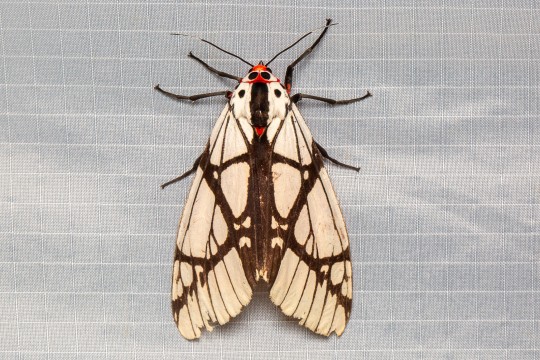
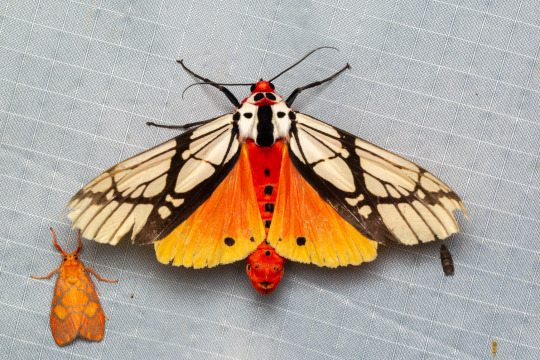
Tiger Moth (Areas galactina), family Erebidae, MCM Nature Discovery Villa, Fraser's Hill, Malaysia
photograph by David Fischer
9K notes
·
View notes
Text



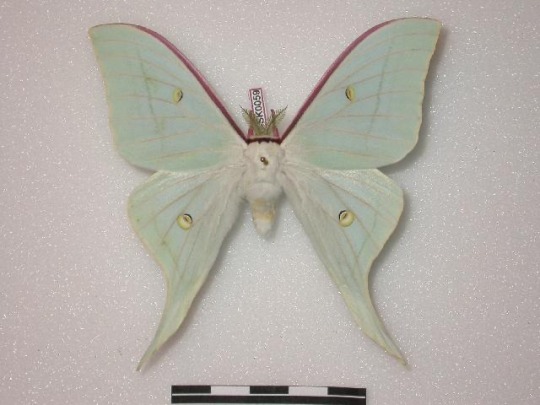


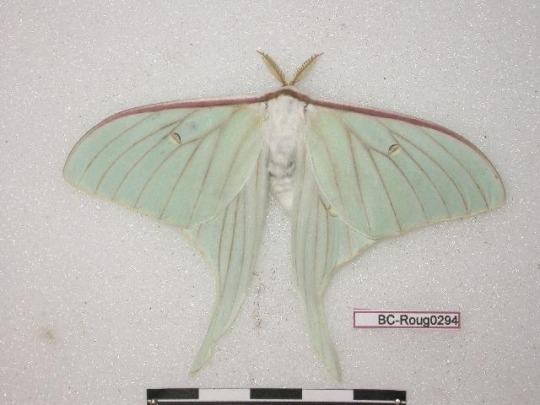
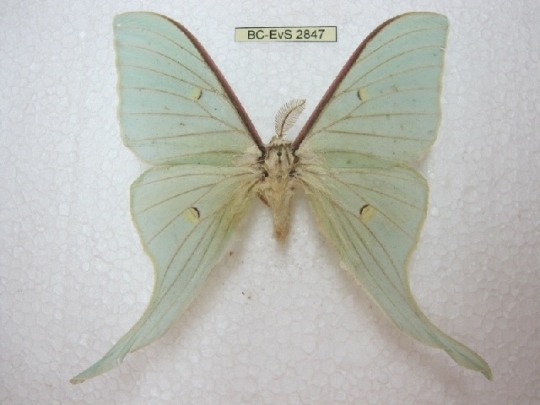

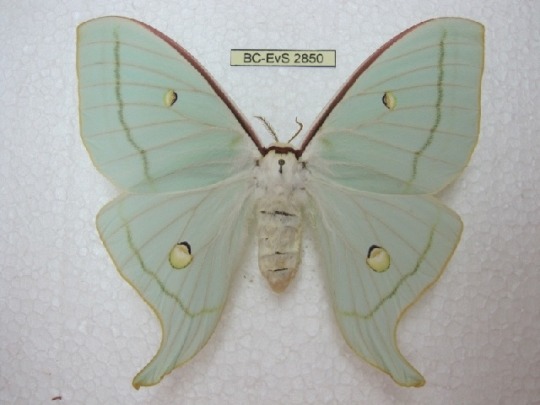
Numerous specimen and forms of Actias gnoma from the research collections of Stefan Naumann, Eric van Schayck, Rodolphe Rougerie, and Steve Kohll. Many of the forms depicted here look like their relatives Actias sinensis, Actias luna, and Actias artemis.
5K notes
·
View notes
Photo



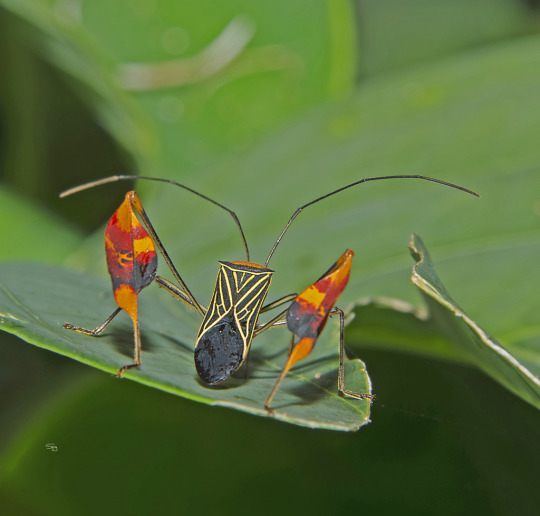
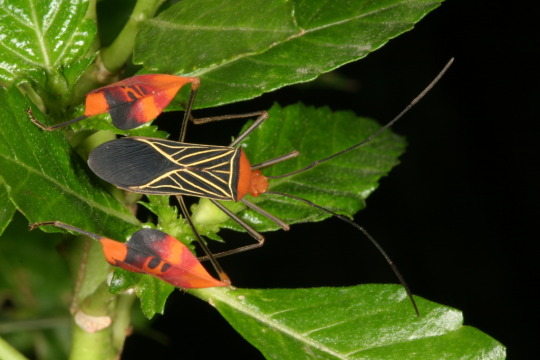


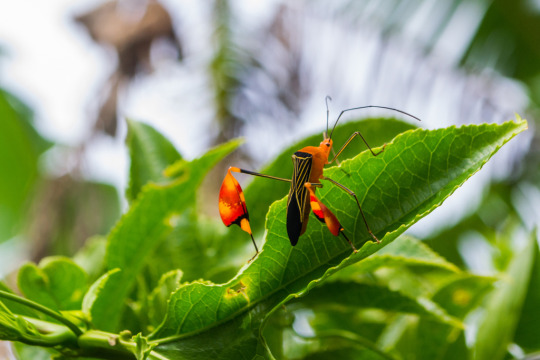
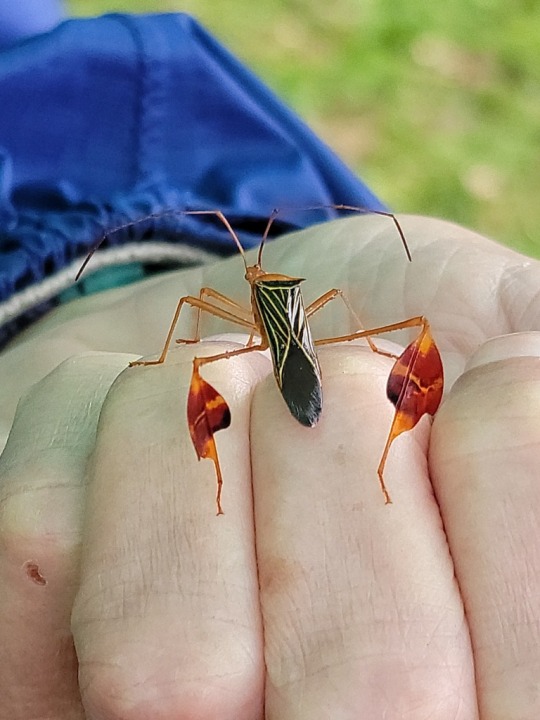
Leaf-footed bug, Bitta alipes, Coreidae
Found from Nicaragua down through Ecuador
Photo 1 by pedro_alonso, 2-4 by seigmond, 5 by theo_michael_schmitt, 6 by johndeitsch, 7 by hsgzoe, 8 by stivensaldarriaga, and 9 for scale by fatroosterfarm
994 notes
·
View notes
Text
she be like “aw tysm” and I be like “who told you? anyway, this is why the order hymenoptera (bees/wasps/ants) likely has more species compared to the order coleoptera (beetles) despite decades of us thinking beetles had the most for the past decades if not hundreds of years…”
249 notes
·
View notes
Photo

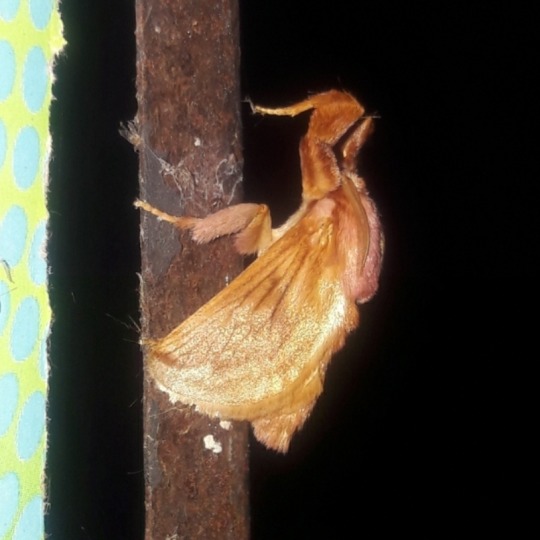
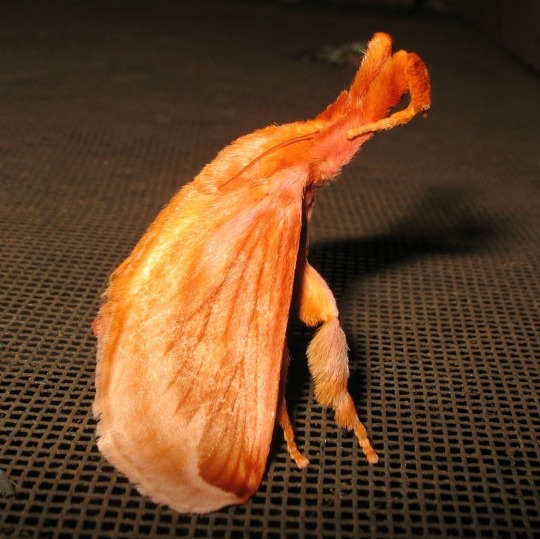

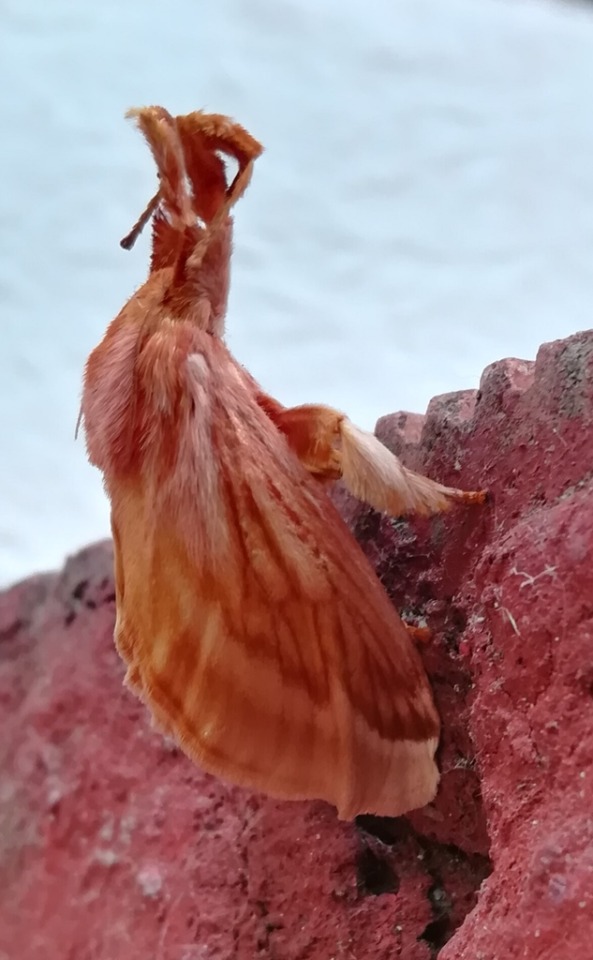
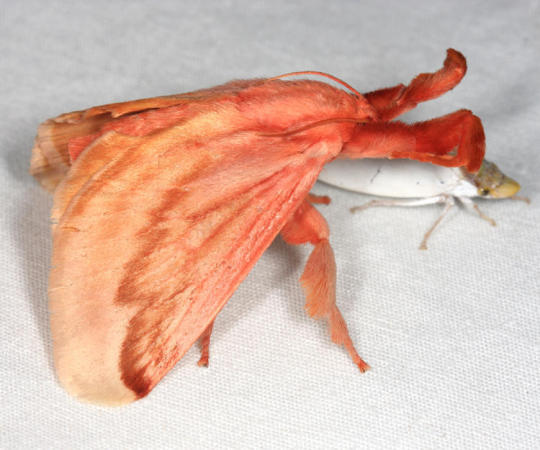
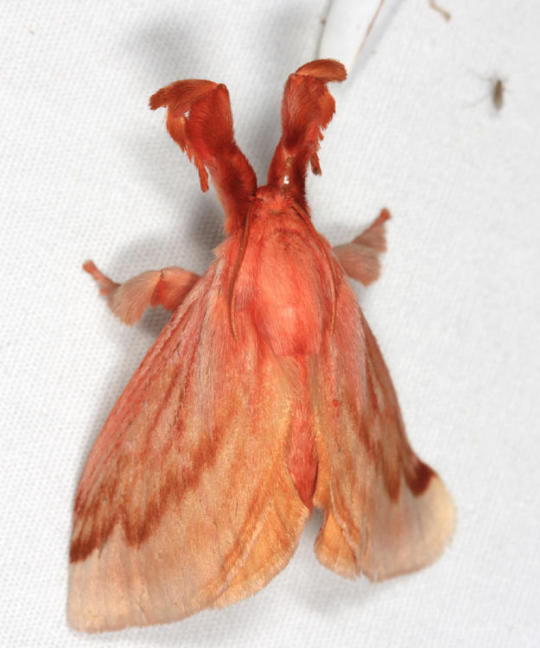
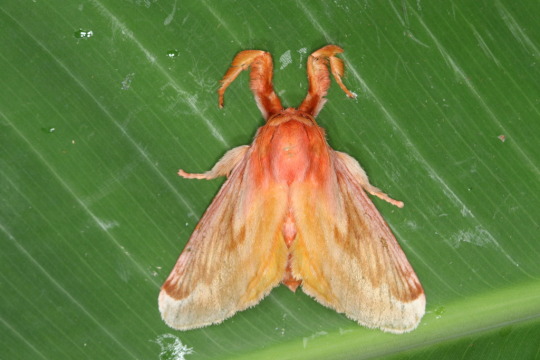
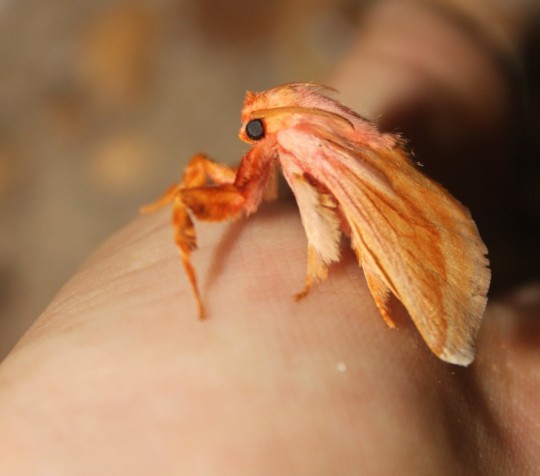

Slug caterpillar moth, Perola villosipes, Limacodidae
Found in South America
Photo 1 by pablolevinsky, 2 by pmantinian1951, 3 by kosteekand, 4-5 by caritoaristi, 6-7 by tmurray74, 8 by heinerziegler, and 9-10 by guendo_sumiyori
2K notes
·
View notes
Text
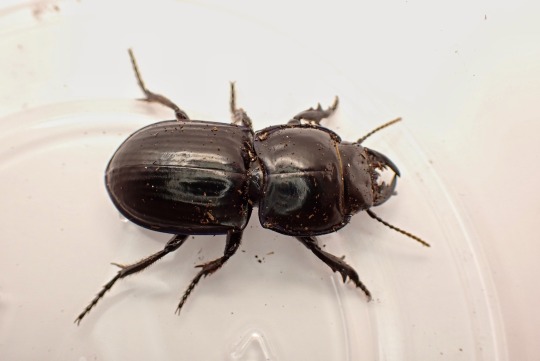

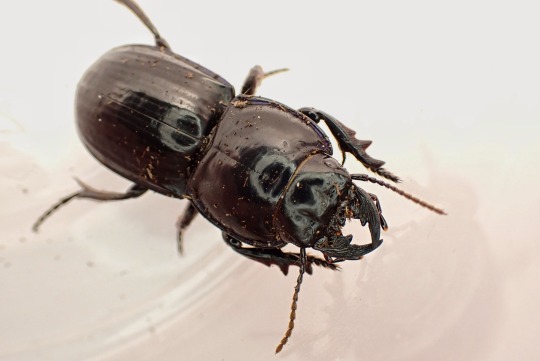

She was sold to me as a Pasimachus californicus but honestly I'm not sure.
27 notes
·
View notes
Text
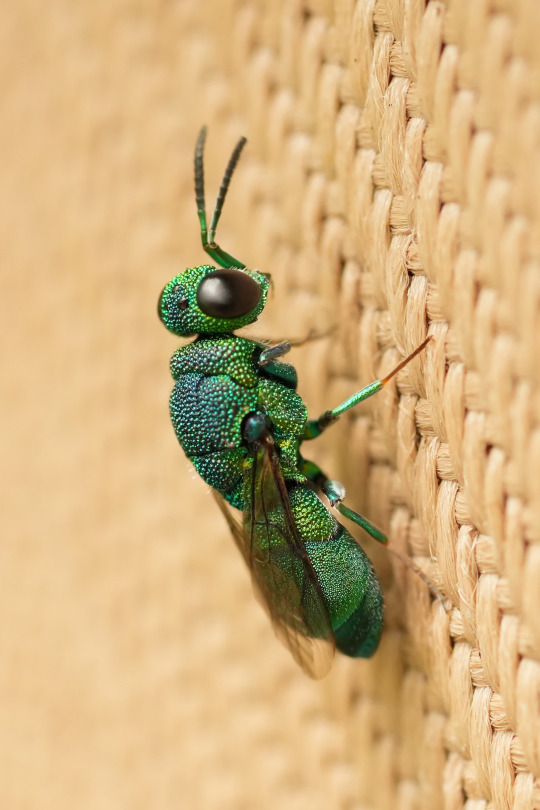
a tiny Cuckoo Wasp, pausing her forage for a quick rest.
I very rarely witness cuckoo wasps at rest, and its even rarer that they allow me to get close, so I am especially pleased with this photo.
Unknown Cuckoo Wasp (family Chrysididae).
1K notes
·
View notes
Text
today I learned about Coccorchestes, a genus of South Pacific jumping spiders that evolved to mimic weevils!
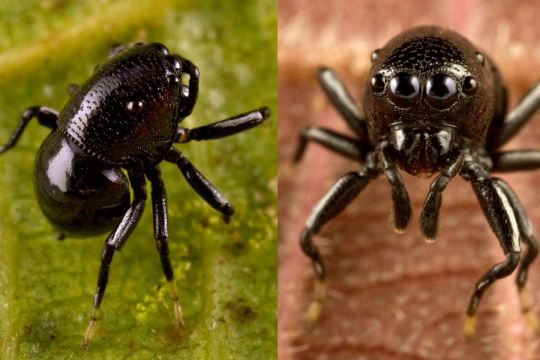

5K notes
·
View notes
Text
68K notes
·
View notes
Text
Jesus Corprus Christ, wtf 👀
There's like 50 of these doomed green midges under a boardwalk handrail, and they're pretty much all *gestures vaguely in fascinated disgust* or on their way. Fungus? B horror special effects? Gluttony cautionary tale? CORPRUS??



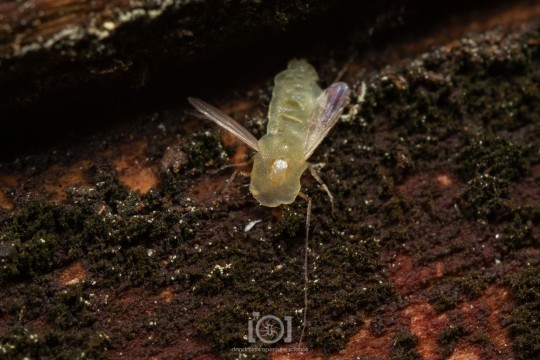

231 notes
·
View notes
Text

Megalopyge opercularis, Southern Flannel Moth (Hodges #4647). SERC, Edgewater, Anne Arundel County, MD - 07/01/16.
2K notes
·
View notes
Text
Wasp-posting-wednesday!!
Ever heard a wasp tantrum before?
She (a great golden digger wasp, sphex ichneumoneus) was trying to dig a hole for her offspring, but the blades of dead grass were getting in her way. So while trying to grip and tear them out, she was buzzing and huffing which made it look as if she was having a tantrum. Pretty funny and cute. Turn up your volume to hear her squeak!
2K notes
·
View notes
Text


about this time last year Marina had a clutch of eggs! in that picture she had just secreted the membranous sac where mother amblypygi brood their eggs

five months later the eggs hatched into protonymphs, still too soft and feeble to walk on their own. two weeks more and they molted to independent juveniles, able to leave her back and hunt for their first meals.
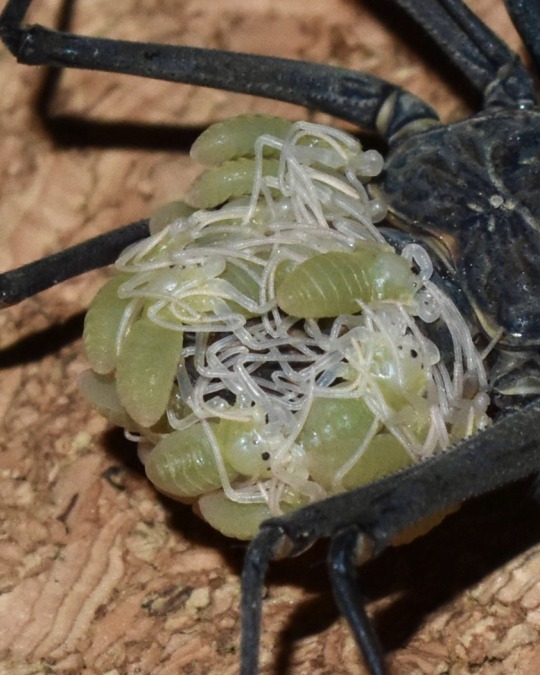


Marina seems fairly young, so I hope she will live to have many more broods. her 20 children are all healthy and growing quickly, and they’ll also be important for breeding more of these beautiful arachnids in the future!
(Phrynus whitei eggs, protonymphs, and 1st instar juveniles)
3K notes
·
View notes
Text
hey did you know that we found the real reason insects are "attracted" to light
insects aren't attracted to artificial light sources in the dark as an escape mechanism or anything. they actually have something called a dorsal light response that allows them to orient themselves while flying by detecting the sun above them. but with artificial lights the dorsal light response kicks in instinctually and they begin orbiting the light in confusion for long periods due to keeping their back facing it, and only leave the orbit when there's external stimuli like wind
47 notes
·
View notes
Text



アオスジコシブトハナバチ
群れで眠るところにやっと出会えた。メタリックターコイズブルー縞々集団サイコー。
R5.11
2K notes
·
View notes
Photo
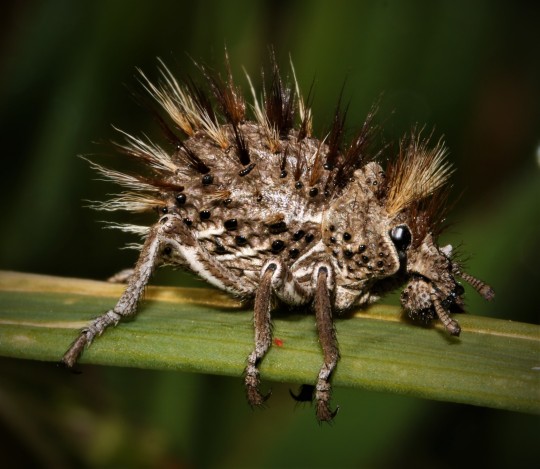
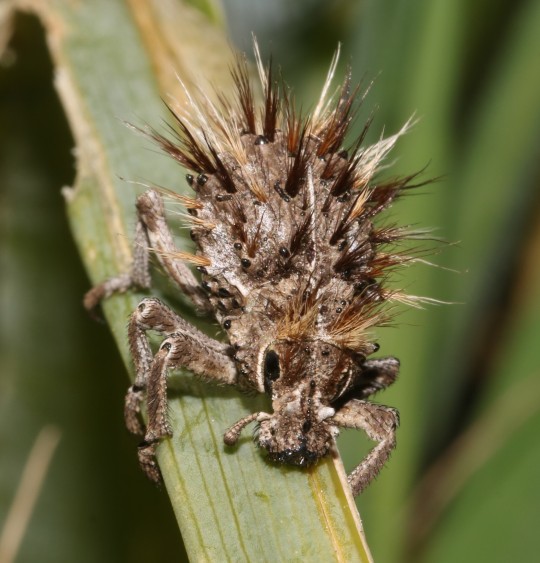


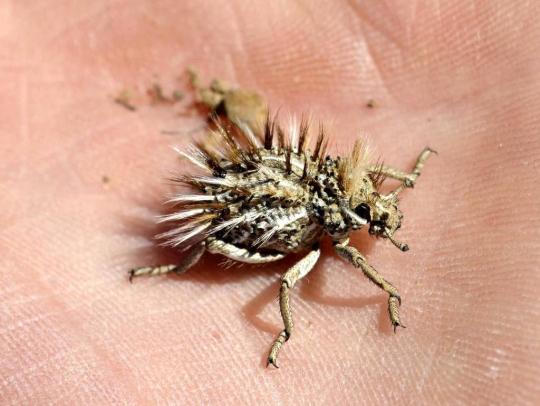

Brush lily weevil, Brachycerus fascicularis, Curculionidae
Found in southern Africa
Photos 1-2 by mr_fab, 3-4 by ottob-c, 5 by jan-hendrik, and 6 by rjbasson
1K notes
·
View notes
Text
Harvester ants render first aid for their pupating sister
6K notes
·
View notes